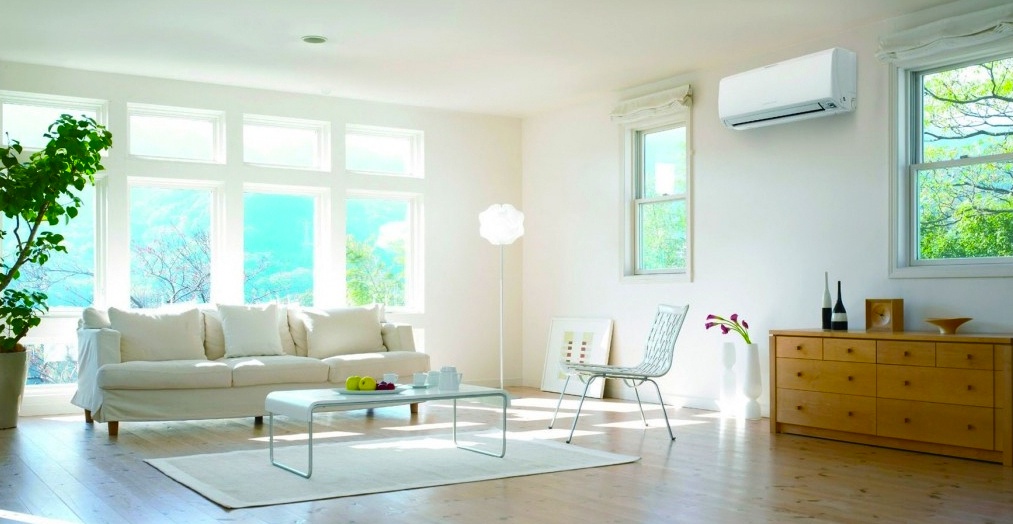
Whether you’re looking to include eco-friendly features, or want to live completely off the grid, modular homes are ideal for self-sufficient living.
If you’re looking to build a modular home that’s self-sufficient, you’ll need to address four key areas: power, heating and cooling, water and waste management.
Modular homes include many sustainable features as part of their standard build and as optional extras - but if you want to go a step further and build a modular home that’s off the grid, you’ll need to find alternative sources for your energy and water needs and set up a system that deals with your waste.
There’s a number of ways to achieve self-sufficiency - some require large investments and infrastructure, while others just require some small adjustments or additions when you build. Here are some ideas to get you started.
Solar Power

Solar panels work by capturing the sun’s rays and converting the energy into electricity for your home. They’re a fairly common sight these days, as the cost of electricity continues to rise and more and more people fit them to their homes.
They come in many shapes and sizes, and solar panel systems are available as a sustainability upgrade when you build an Anchor modular home.
Most common is the grid connect set up, where panels are fitted to the roof, generating electricity throughout the day, even when it’s cloudy. If your system produces more power than you use, it’s fed back into the main power grid – and if it’s not generating enough, your electricity is drawn from the grid.
To boost your self-sufficiency, you can add battery storage to your system, which will store your unused electricity from the day for use at night. This adds to the initial cost, but means you’re less reliant on the grid.
For those looking for off-grid power, stand-alone remote solar and wind systems are available. They are expensive to install, but if you’re building on a remote block where the cost of connecting to the electricity grid is high, installing a stand-alone system is a sustainable and cost-effective solution.
Heating and Cooling

Installing solar panels will provide electricity to power your heating and cooling, but ideally you’ll want to reduce your reliance on these as much as possible.
Double-glazed windows and increased wall and ceiling insulation will reduce the need for artificial heating and cooling, and both can easily be incorporated as building sustainability upgrades when you build your modular home.
Assess your site and position your modular home so the orientation takes advantage of passive solar energy and natural light.
Another design consideration is to 'zone' your home. This means that you are able to close off certain areas of the home that you aren't using during the day so that they aren't being heated or cooled unnecessarily.
This could be as simple as adding a sliding door between a hallway and the living area.
Water Supply

Although going completely off the grid for your water supply an ambitious idea, it is possible with careful planning.
First, you’ll need to know how much water you use and how much you can collect. Rainwater collected from your rooftop, can be used for washing clothes, and even drinking and cooking if properly maintained - the Department of Health provides guidelines for instructions on the safe use of rainwater tanks.
Storm water can also be collected and used for toilets and gardens. Another potential water source is recycled wastewater – grey water can be collected and treated on-site, then used for toilets, washing clothes and watering the garden.
When you’re building an Anchor modular home, both water tanks and grey water recycling systems are available as building sustainability upgrades.
Waste Disposal
To effectively manage your water and toilet waste, you’ll need to identify the best systems for your site conditions.
In most cases a grey water treatment and septic system will do the job, and composting toilets are another self-sufficient option that will save both water and money over time.
Also composting food scraps and other organic waste using a compost heap or worm farm will not just reduce waste, but will also enrich your garden.
It All Adds Up
Building a self-sufficient modular home takes some planning, but it can be achieved.
There are obvious benefits of self-sufficiency to the environment, and after your initial investment the cost savings on energy and water usage are significant too.
Even if you don’t go all out and implement all of the above, introducing just a few self-sufficient aspects to your new modular home will go a long way in reducing your environmental footprint.
Over to You
Have you built a self-sufficient modular home? We’d love you to share your experience and tips!
